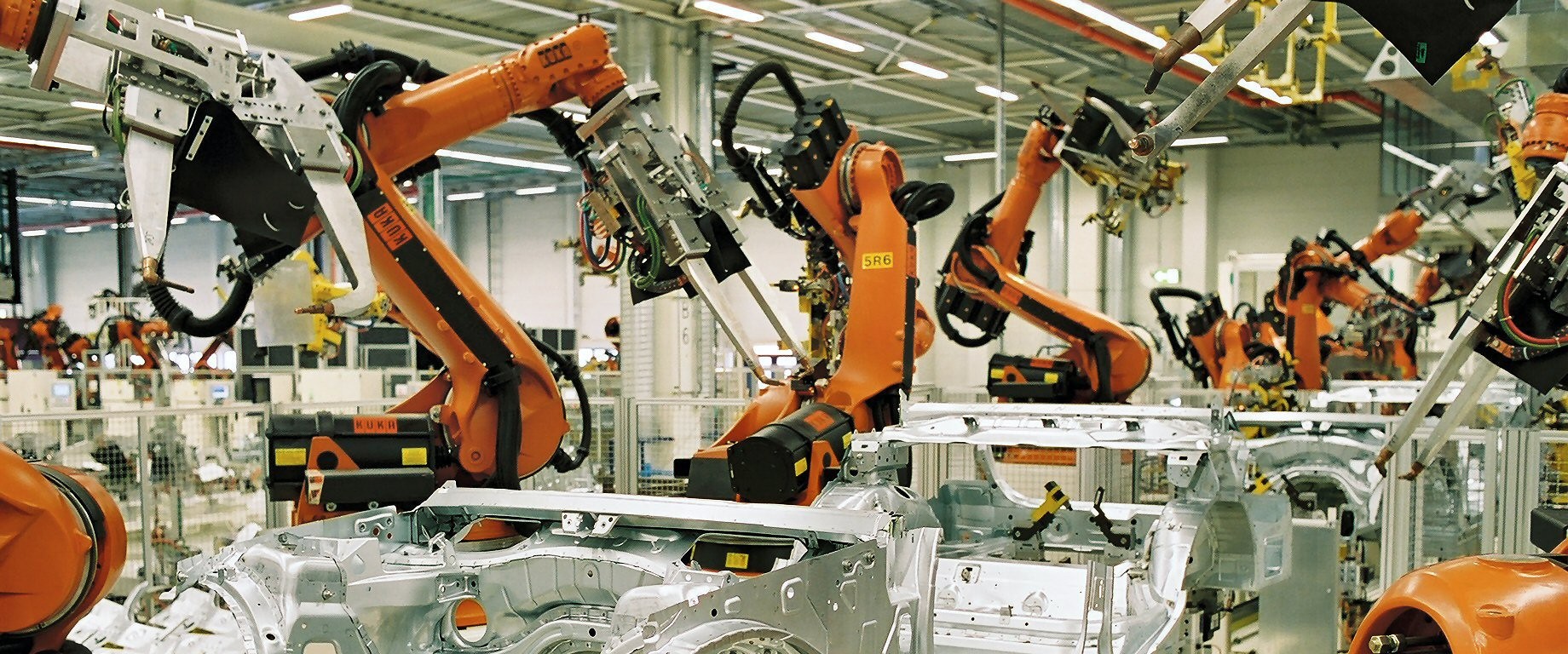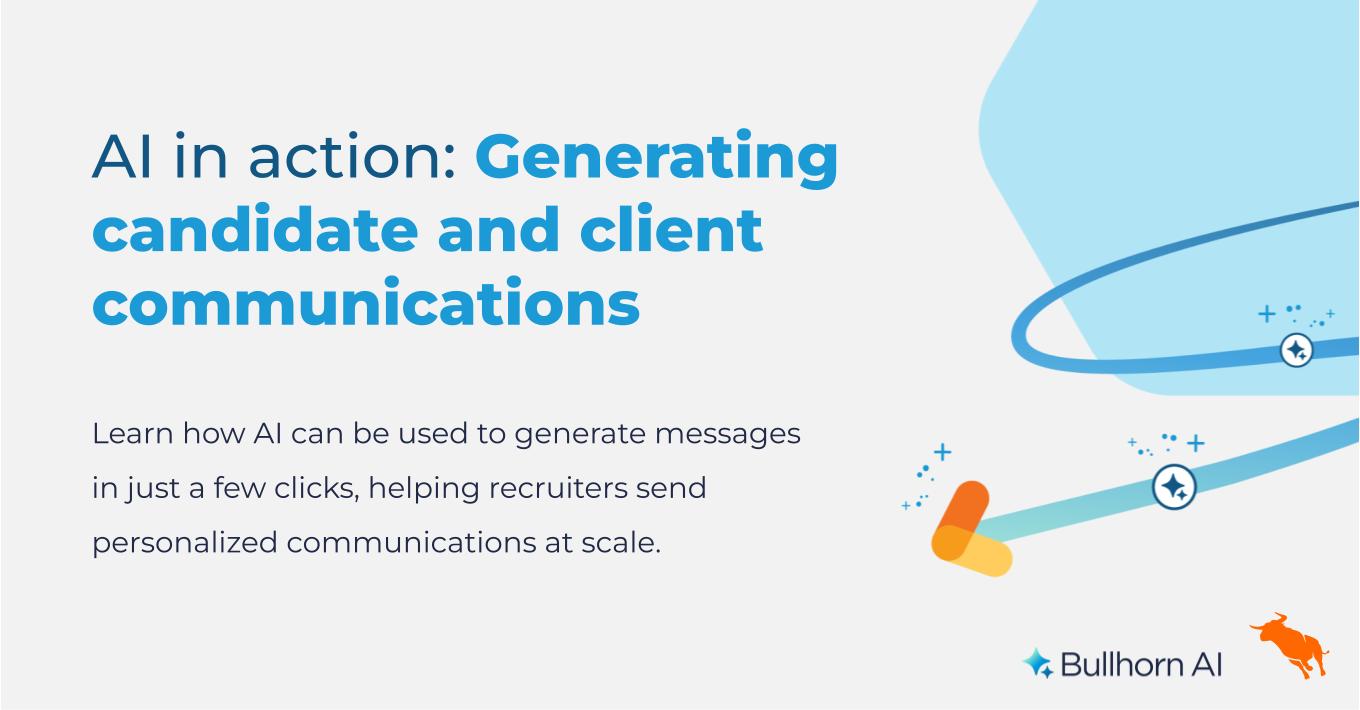Sales Force Automation Doesn’t Mean We Need to Become Robots

While sales force automation has helped companies improve productivity, shorten sales cycles, and grow revenue, it has also compromised the customer experience for some organizations. How could a beneficial, time-saving technology create problems for an organization that uses it? The issue is that SFA technology is designed to automate sales processes, but it can also automate relationships. If a sales organization becomes too attached to its sales force automation software, it can develop a habit of going through the motions. And that’s when SFA users can lose that crucial sense of connection with their customers, leaving those customers feeling abandoned and deprioritized. How can this be avoided?
In some ways, it could be considered a good thing to use such efficient sales force automation software that even a robot could use it. But your organization isn’t made up of robots. It’s an organic combination of humans working together. The software you choose to manage your sales pipeline should work the way the people in your company already work. And while it’s vital that sales force automation software gives your salespeople the tools and reporting they need to gain a competitive advantage, it’s even more important that it allows your employees to be human as they engage with customers, who simply can’t be reduced to data points on a screen.
Ideally, SFA technology should come as one part of a complete CRM (customer relationship management) software package. The key word here is “relationship.” If the technology that your company uses focuses on specs and data before ease of use and real insight, your team might find itself struggling to establish real, lasting connections with customers. With a truly integrated combination of CRM and sales force automation, however, your company can benefit from both deep real-time insights and proactive intelligence to achieve a coordinated balance of data automation and relationship building.








